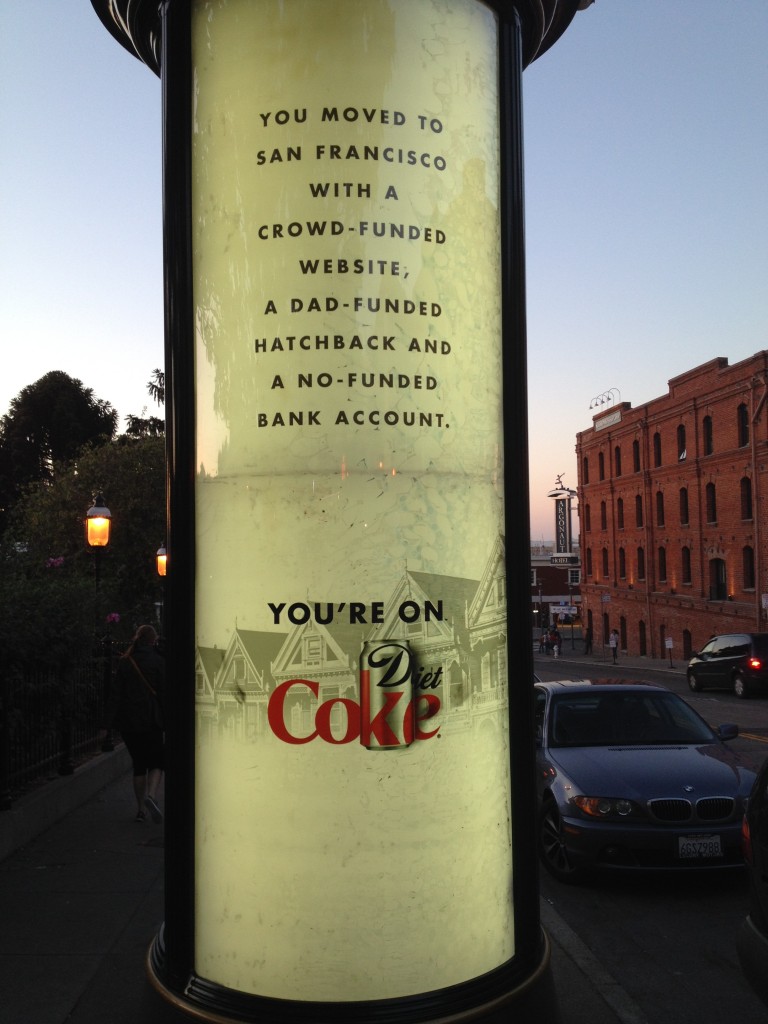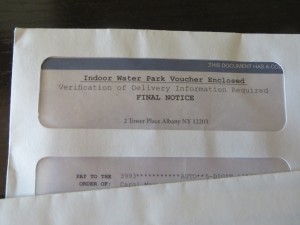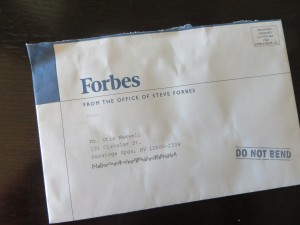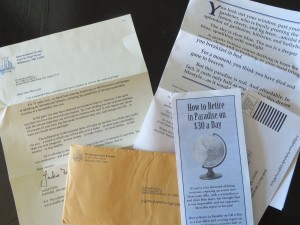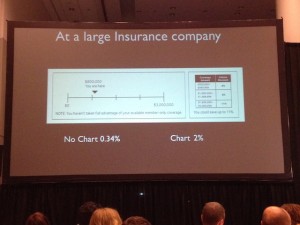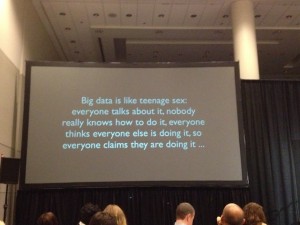I started my direct marketing career in the 1980s, a quaint bygone era when there was no internet. One of my favorite resources was a perfect bound magazine called Direct Marketing and one of my favorite contributors to said magazine was Luther Brock, “The Letter Doctor”.
Brock would take a sort of self-help approach to copy critique. He would pick a common marketing problem, present a few paragraphs from a letter (possibly not a real one) that was not solving the problem so well, then make suggestions for improvement. It was a diagnostic approach: you know things are supposed to be a certain way, but they’re not; what’s wrong, and why? Of course he was promoting his own services as a freelance copywriter, but there was lots of good information to a fledging.
I expect Luther Brock is no longer among us. A 1958 graduate of a Denton, TX high school is listed on the internets as the owner of a business called The Letter Doctor, so this is probably Luther’s son. Another person, I assume unrelated, owns the domain lettterdoctor.com and markets from that website. The original Letter Doctor probably never saw any reason to claim the domain name; what was an internet domain anyway and who cared? (In the very early days of the World Wide Web, we looked up numerical domain identifiers, not names.)
I found myself invoking the spirit of the Letter Doctor today when a client asked me to take a look at some not-successful lead generation direct mail. There were some bullet points of features and benefits: did they really know those were the most powerful message to their audience? There was an informational offer: was it really the best appeal to the target reader, and was it stated appropriately? In short, this robust and experienced company needed a checkup, same as any of us.
Do you have a letter doctor–someone who’s willing to poke and probe and make recommendations based on how your marketing differs from expectations? If not, it might be worthwhile to seek one out.
